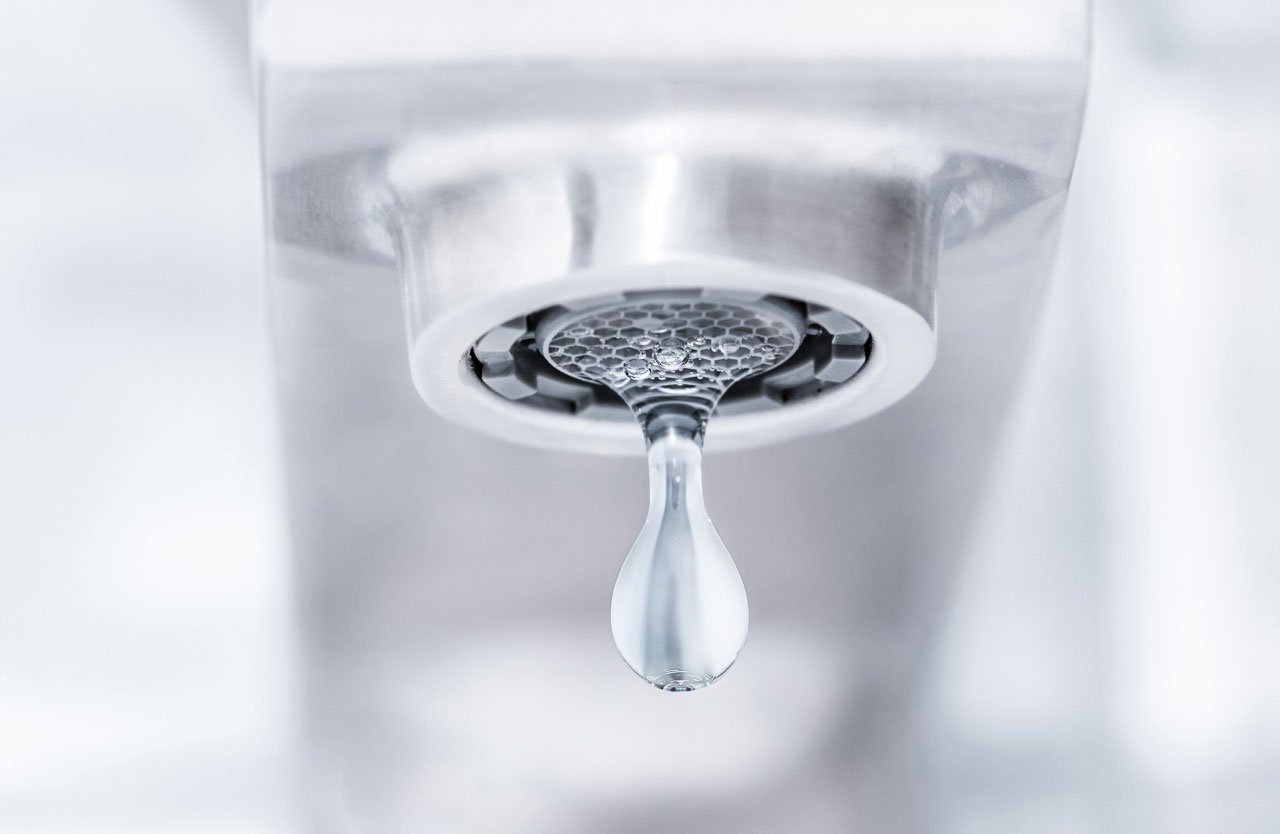Overview
Methylene chloride is a common industrial solvent used for paint stripping, vapor degreasing, printing, electronics manufacturing and cleaning. It causes cancer and liver damage in animal studies. learn more about this contaminant
Surface and groundwater can be contaminated with methylene chloride from industrial releases and landfill leaching. The EPA considers methylene chloride likely carcinogenic to people. Long-term ingestion of drinking water with methylene chloride contamination can cause liver damage and cancer. Occupational exposure to methylene chloride and other solvents has been linked with increased risk of miscarriage. Birth defects have also been observed in studies of laboratory animals exposed to methylene chloride during pregnancy.
Click here to read more about carcinogenic VOCs.
State, National, and Health Guidelines for Drinking Water
EWG Health Guideline: 4 ppb
The EWG Health Guideline of 4 ppb for dichloromethane (methylene chloride) was defined by the California Office of Environmental Health Hazard Assessment as a public health goal, the level of a drinking water contaminant that does not pose a significant health risk. This health guideline protects against cancer.
EPA Maximum Contaminant
Level (MCL): 5 ppb
The legal limit for dichloromethane, established in 1992, was based on analytical detection limits at the time that the standard was set.
ppb = parts per billion
National Standard Exists
Health Concerns:
Cancer
Harm to reproduction and child development
Harm to the liver











